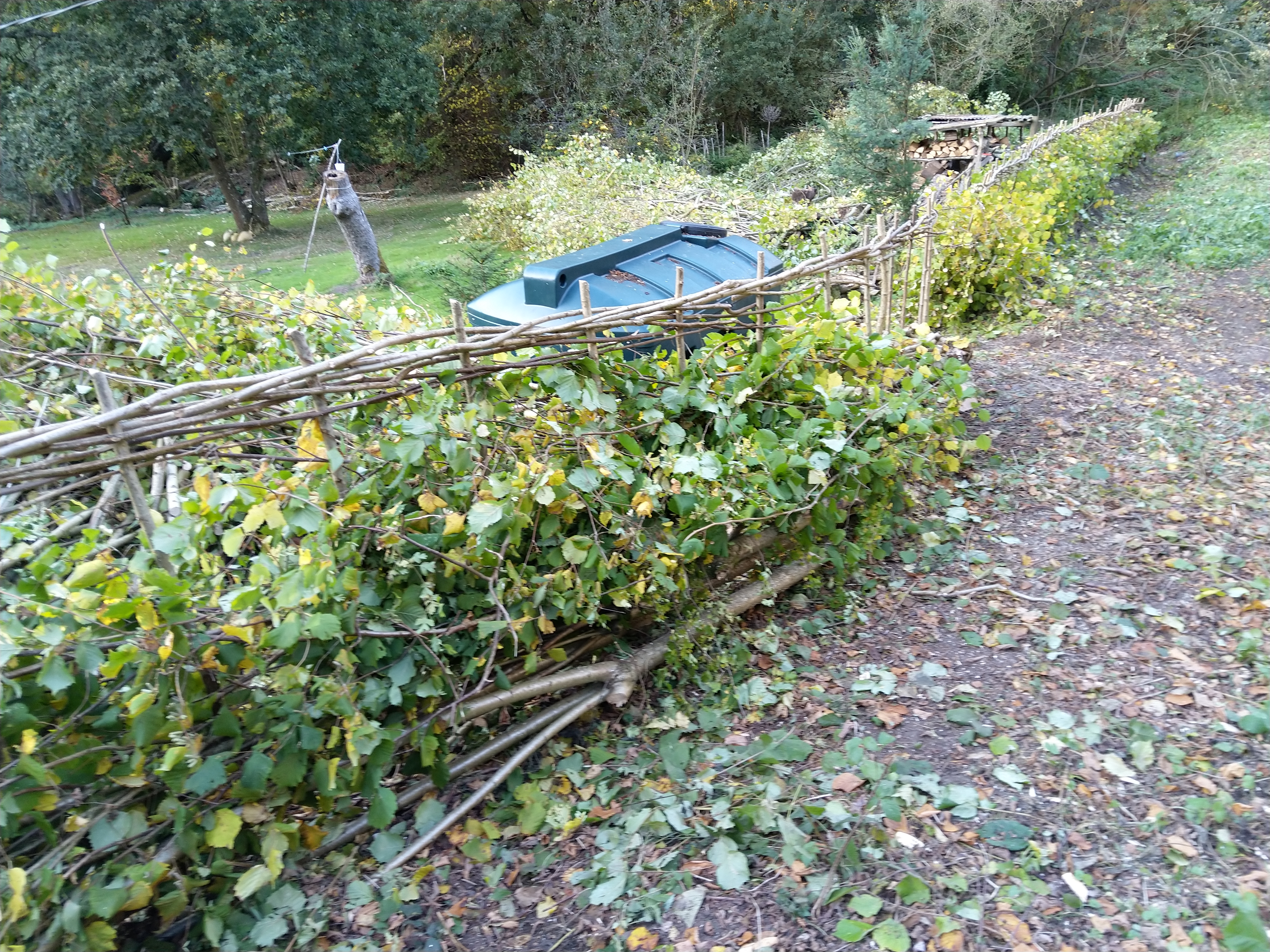
Last week I spent three days working on a boundary hedge for a landowner near Midhurst. The hedgerow was actually a line of old hazel stools and some hawthorn on a small boundary bank adjacent to a public footpath.

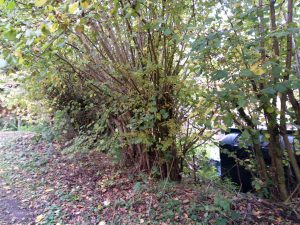
At 35 metres in length, I initially thought that it wouldn’t take too long to do. However, coppiced hazel produces lots of stems per metre, all of which have to be worked in order to get the hedge down. Then of course I realised that most of the hazel had been cut previously at about 1.5 metres high – effectively pollarding it – meaning that each individual rod had anything from 2 to 4 stems on top! Needless to say, there was going to be a lot of brash at the end of the job.
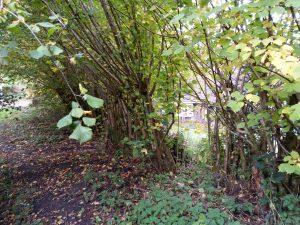
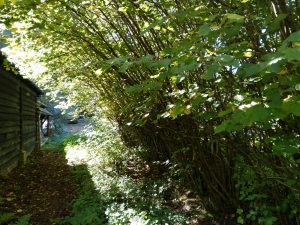
There was also a gap that needed to be kept for access to the garden, so that meant breaking the hedge in to 2 sections. I started in earnest and made surprisingly good progress. By the end of the first day I had got the first section down and staked.
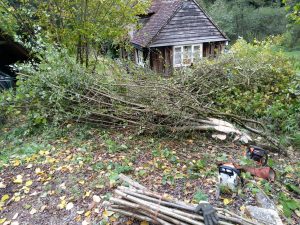
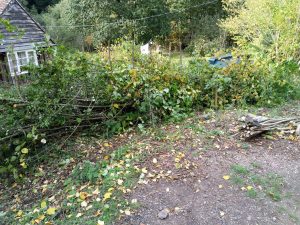
At the start of day 2 I put the finishing touches to the first section before tackling the second, longer section. It was quite tough going as all the hazel was over-long, and there was also a lot of deadwood in among the stools which had to be removed.
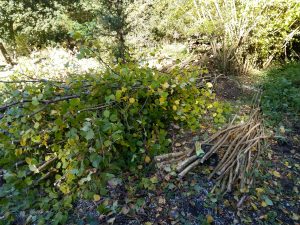
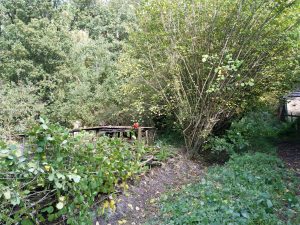
I also found an array of unwanted items in the bottom of the hedge. As well as the usual old wire fencing, I found an old metal window frame, a piece of corrugated iron roofing, a piece of metal strapping, and several rolls of old barbed wire. Luckily, I found all of them by sight, and not by making contact with my chainsaw!
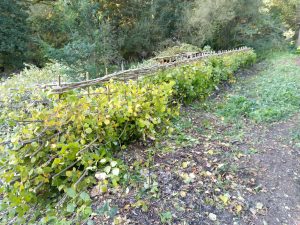
By the close of play on day 3 I had completed the job. It had been harder work than I anticipated, and had also taken a bit longer, but I was very happy with the finished work. Despite the length of the hazel stems, the hedge is lovely and thick and is a very attractive feature to the garden. The landowner is delighted with the work and also at the amount of extra light that he now has to his house.

